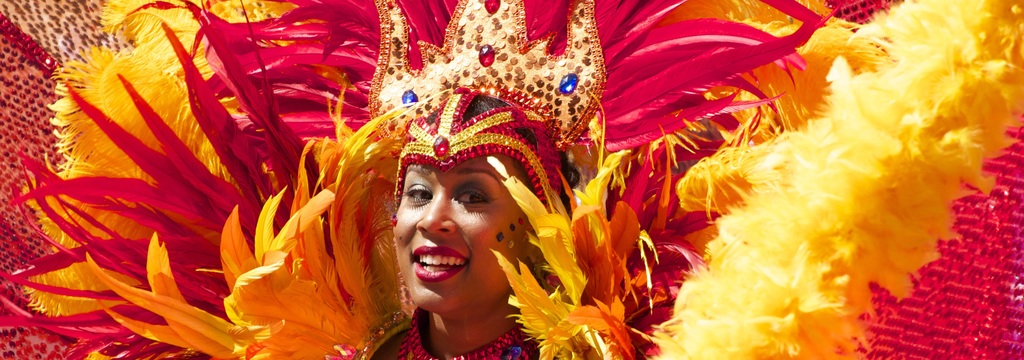Brazil
"A country with a beautiful landscape is waiting for you! Bounded by the Atlantic Ocean on the east, Brazil has a coastline of 7,491 km (4,655 mi). It borders all other South American countries except Ecuador and Chile and covers 47.3% of the continent's land area. Brazil is home to diverse wildlife, a variety of ecological systems, and extensive natural resources spanning numerous protected habitats. Its official language is Portuguese among the Brazilian Sign Language for deaf and mutes."
Did you know...
That the name of Brazil comes from a tree named brazilwood?
That Brazil is the only country in South America that speaks Portuguese?
That Brazilians drive on the right-hand side of the road?
That around 60% of the Amazon Rainforest is located in Brazil?
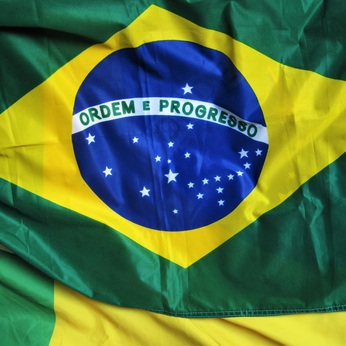
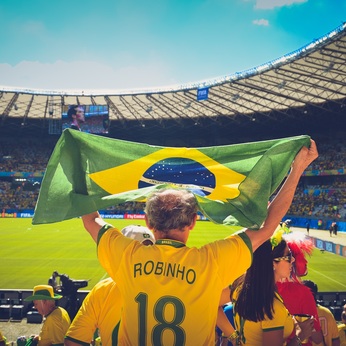
Host families
Brazilian host families are usually very warm, often expressing the familiar cohesion in affection, such as a hug or a kiss on the cheek. In many families, it’s a custom to give at least the (host) mom a kiss goodbye when leaving the house. Also, the family relatives usually take great care for each other, always reminding about warm clothes, umbrellas, safety, or anything that seems important.
You don’t have to change the way you are, but in order to have a good relationship both the exchange student and host family need to be flexible. It’s always a good idea to ask questions if you don’t understand something. You will be considered a member of the family and will share privileges and responsibilities as much as the other children in the family. Your host family will expect you to participate with them in all family activities. While it is common for Brazilian families to have a maid who helps around the house, teenagers usually must keep their rooms clean and help with household chore.
school
School is an important part of your exchange experience. You will attend school either in the morning or in the afternoon, depending on the grade or school you are in and their availability to have an exchange student. Sometimes you can have practical subjects or extra-curricular activities. Attendance is very important and as soon as you learn the language you will be able to learn more about our country and make friends.
High school takes three years. Students must have finished their fundamental education before they enrol in high school. The core curriculum usually comprises Portuguese (including Portuguese language, essay studies, Brazilian and Portuguese literatures), foreign language (usually English, also Spanish and very rarely French), History, Geography, Mathematics, Physics, Chemistry and Biology. Students generally study a lot during their last year, because the university entrance exams are held at the end of that year. The school year starts in February and ends in the beginning of December. There is a 2-week winter vacation period in July. Summer vacation is in December.
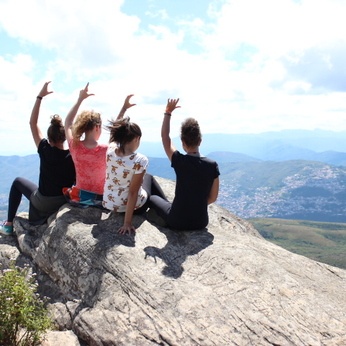
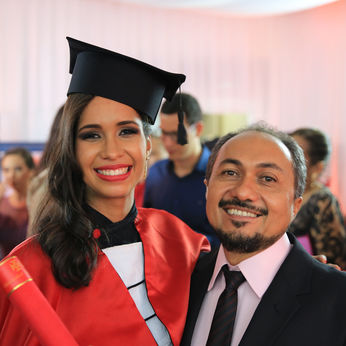
Festivities
Brazil is one of the South American countries that is well known for its festive celebrations and annual events. In fact, no matter what time of year tourists visit the country, they are sure to notice the friendly ambience and merry characteristics of the locals. Keep reading to discover some of the events for which Brazil is best known:
Carnival
Carnival is celebrated throughout Brazil, and each city observes it in its own unique way. This celebration takes place 46 days before Easter and, although celebrated mostly by Roman Catholics (as well as some other Christian denominations), it’s believed to have Pagan roots, as do many of the modern Christian celebrations (e.g. Christmas). Today, Carnival is characterized by brightly-colored costumes, opulent decorations and jolly music. Dance and music parades fill the streets as the audience looks on and joins in the festivities. These celebrations carry on, day and night, for days on end (sometimes exceeding a week).
Parintins folklore festival
This festival is held in the state of Amazonas and is the second-largest annual festival in the country (the largest being Carnival). It’s held over three days during late June and celebrates a legend about an ox that was revived. Two teams will compete in telling long versions of the tale, using song, dance and costumes to rival their competitors.
New year's eve in copacobana
Rio de Janeiro hosts the best known New Year’s Eve party in the world. Partiers come to this event from all over the country and the world to share in the celebrations. Fireworks, music performances and other festivities mark this celebration. Start getting excited to celebrate the New Year in style!
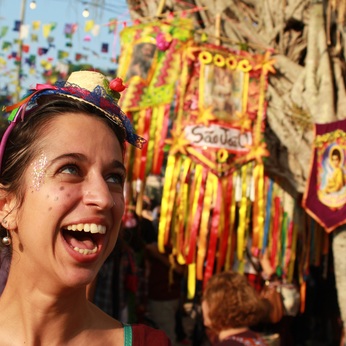
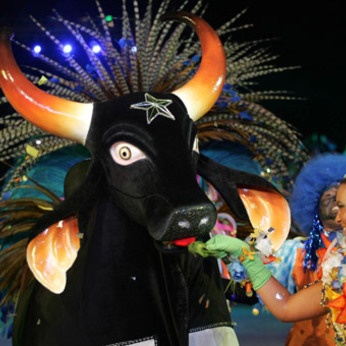
Free time
Futebol (soccer) is by far the most popular sport in Brazil. There are a lot of championships during the year, with matches every week. Besides that, there are professional volleyball and basketball leagues. Another important sport is surfing. The last two world surfing champions were Brazilians. Other sports include beach soccer, swimming, bicycling, track and field, Judo, and Capoeira. Don’t know which one to pick? Challenge yourself by trying all of them!
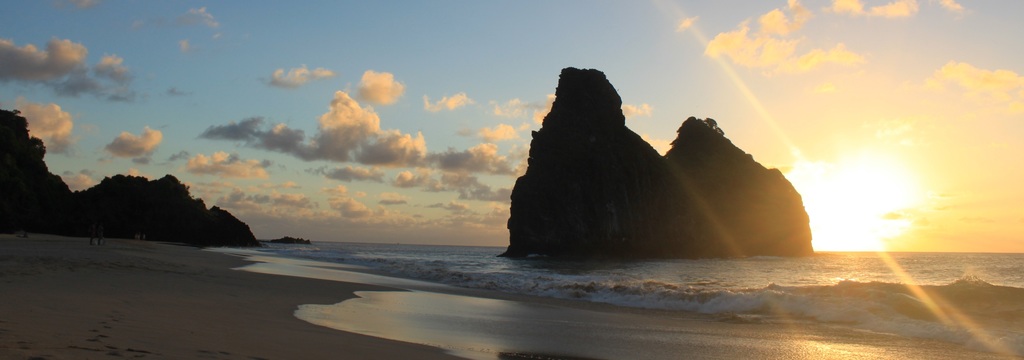
Discover Brazil
Although you will spend a lot of time in school participation and host family events, you can already start planning your trips during the weekends and holidays! Go explore the beautiful and diverse country’s highlights together with your host family, friends and other exchange students. It’s hard not to fall in love with a country that offers plenty of music, wildlife, beaches and warm-loving people! In Brazil, the possibilities are just endless.
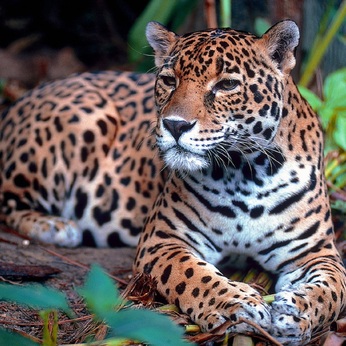
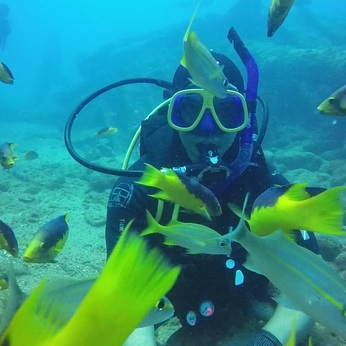
"Never in my life have I seen such a beautiful landscape, which seems so unreal. I do not even know how to write this experience, just know that I will never forget about our tour, I will always keep these memories in my heart."
Top 10 things to do in Brazil
Brazil has more to offer than just its beaches and carnivals. Being home to a lot of cultures, you’ll never find yourself bored in this country!
1. Looking for a breath-taking view? Go visit the Pantanal, the world’s largest wetland
2. Take a look at Rio’s most famous statue: Christ the Redeemer
3. Be impressed by the Iguaçu Falls, one of the most beautiful natural wonders in the world, situated between Brazil and Argentina
4. Visit Ouro Preto, one of the best-preserved colonial towns in Brazil
5. Discover the second largest river in the world, the Amazon River, through a jungle tour
6. Enjoy a number of exceptional beaches and vibrant music scenes in the capital of Bahia, called Salvador
7. Snorkel down the river to dive into the beautiful sea life of Rio da Prata
8. Celebrate with your friends during the biggest and most famous carnival in Rio de Janeiro
9. Enjoy the view of the magnificent archipelago, Fernando de Noronha
10. Eat your way through the municipal market or mercadao of Sao Paulo
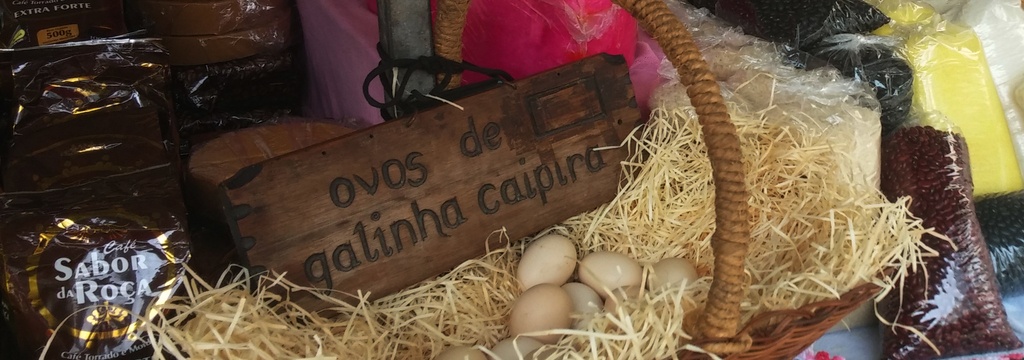
Food Facts
Brazilian cuisine has European, African and Amerindian influences. It varies greatly by region, reflecting the country's mix of native and immigrant populations, and its continental size as well. This has created a national cuisine marked by the preservation of regional differences. If you’re a food-lover, Brazil is certainly the place to go to! Feijoada, a stew of beans with beef and pork, is considered to be the country's national dish. Regional foods such as vatapá (a stew based on coconut milk and prawns), moqueca (stew based on white fish), polenta and acarajé (a deep fried fritter of of black-eyed peas, seasoned with dried shrimp and onions filled with various fillings) are also very delicious.
AÇAÍ
Of all the thousands of fruits from the Amazon, açaí is the best known. Traditionally eaten by indigenous tribes for energy, the hard purple berry is also used in Amazonian cooking (for example in a sauce to go with fish). In the rest of the country it’s served as a sweet, gloopy, frozen sorbet, sometimes topped with granola and slices of banana, or whizzed up in juices. It can be found in most of the coffee places, ice cream shops and supermarkets across the country.
Brigadeiro
Brigadeiro ("Negrinho" in Rio Grande do Sul) is a simple Brazilian chocolate bonbon, usually served at birthday parties and also as dessert. This yummy sweet snack is made by mixing sweetened condensed milk, butter and cocoa powder together, by then covering it with granulated chocolate.
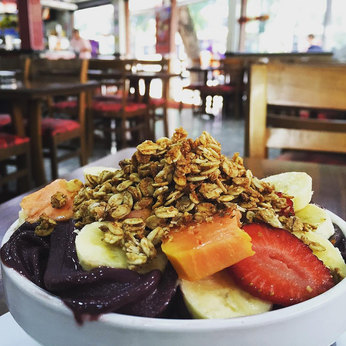

Coffee
Do you want coffee? That is the most common question in Brazil. Wherever you go it’s very likely that someone will offer you some. This is the most popular beverage in Brazil as coffee places are meeting points for business discussions, birthday celebrations, or just random talks. So, do you want coffee?
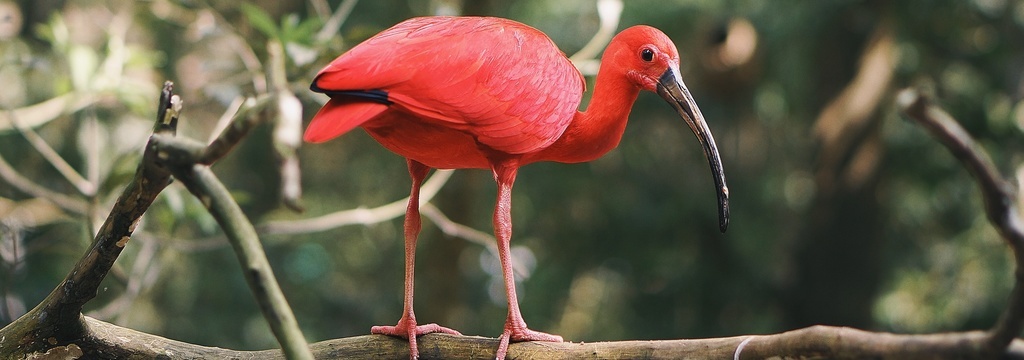
Geography
Did you know that Brazil is the largest country in South America and the fifth largest nation in the world?
The Brazilian landscape is very varied. Much of the climate is tropical, with the south being relatively temperate. The rainforest that covers the Amazon Basin constitutes almost half of the rain forests on Earth. But there are also dry grasslands (called pampas), rugged hills, pine forests, sprawling wetlands, immense plateaus, and a long coastal plain to explore. The largest river in Brazil, the second longest in the world, is the Amazon. Thousands of species live in the river, including the infamous piranha, and the boto, or pink river dolphin. Southeastern Brazil was once completely covered with dense forest. Now it’s the country's industrial capital, home to Brazil's biggest cities: São Paulo and Rio de Janeiro. It covers only 11 percent of the country but houses 43 percent of its population.
Climate
The climate of Brazil comprises a wide range of weather conditions across a large area and varied topography, but most of the country is tropical. According to the Köppen system, Brazil hosts five major climatic subtypes: equatorial, tropical, semiarid, highland tropical, temperate, and subtropical.
Here are some figures that will help you get a better idea of the temperatures in Brazil:
Cuiaba (Midwest) minimum 8.3° Celsius to maximum 39.1° Celsius; Sao Paulo (Southeast) minimum 4.4° Celsius to maximum 33.9° Celsius; Curitiba (South) minimum -18° Celsius to maximum 22° Celsius; Manaus (North) minimum 23° Celsius to maximum 33° Celsius.
nature
Brazil has the greatest variety of animals of any country in the world, being the home of 600 mammal species, 1,500 fish species, 1,600 bird species, and an amazing 100,000 different types of insects. Most of these animals live in Brazil’s jungles, but many unique species also live in the pampas and semi desert regions.
In the central-western part of Brazil a flat, swampy area, called the Pantanal, is located. This patchwork of flooded lagoons and small islands is the world's largest wetland, home giant anacondas, huge guinea pig relatives called capybaras, and fierce South American alligators called caimans.
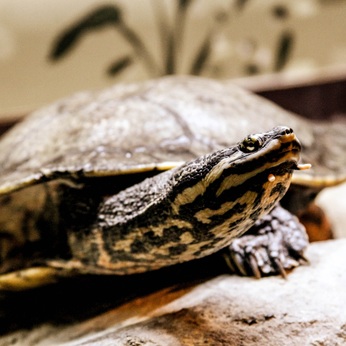

Language
Portuguese is the official language of Brazil, and is spoken by more than 99% of the population
Minority languages include indigenous languages, and languages of more recent European and Asian immigrants. The population speaks or signs approximately 210 languages, of which 180 are indigenous. Less than forty thousand people actually speak any one of the indigenous languages in the Brazilian territory. In the beginning it will be quite overwhelming to focus on the Portuguese language all day long. You really have to push yourself to understand little bits of what people are telling you. But because you are surrounded by the language from dust till dawn, day in day out, you will notice that you understand more and more over the course of time and will even feel more comfortable speaking the language. Your friends and family will also help you to understand the new language. Our experience is that after few months exchange students are really able to speak basic Portuguese and some of them even start dreaming about it, since they are so occupied with it during the day.
Language learning tool
The YouTube videos of Pod101 help you the master the basics of Portuguese language and teach you words and short sentences that you will actually use in daily life: https://www.youtube.com/user/p...

Movies and music
Music
The music of Brazil encompasses various regional music styles influenced by African, European and Amerindian forms. After 500 years of history, Brazilian music developed some unique and original styles such as samba, bossa nova, MPB, sertanejo, pagode, tropicalia, choro, maracatu, embolada, mangue beat, funk carioca (in Brazil simply known as Funk), frevo, forró, axé, brega, lambada, and Brazilian versions of foreign musical styles, such as Brazilian rock, Brazilian rap and classical music.
Samba
The most famous kind of Brazilian music worldwide is called Samba. Besides that, Brazilians also largely practice instrumental music. Instrumental styles can range from popular and jazz influenced ones to classical music, with composers such as Heitor Villa-Lobos, Pixinguinha and Hermeto Pascoal. The country’s community of modern and experimental composition, such as electroacoustic music, is also becoming increasingly popular. The country also has a growing community of modern/experimental composition, including electroacoustic music.
Funk
Funk Carioca is a type of dance music from Rio de Janeiro, derived from Miami bass and African style music. The rhythm was popularized in the 1980s in Rio de Janeiro's favelas, the city's slums. From the mid-1990s on, it was a mainstream phenomenon in Brazil. Funk songs discuss a variety of topics such as poverty, human dignity, racial pride of black people, sex (breaking taboos), violence and social injustice. Social analysts believe that carioca funk is a genuine expression of the severe social issues that burden the poor and black people in Rio.
Movies
Are you a movie fanatic? Check out this list of the Top Brazilian movies of the last 20 years: http://www.imdb.com/list/ls000...
